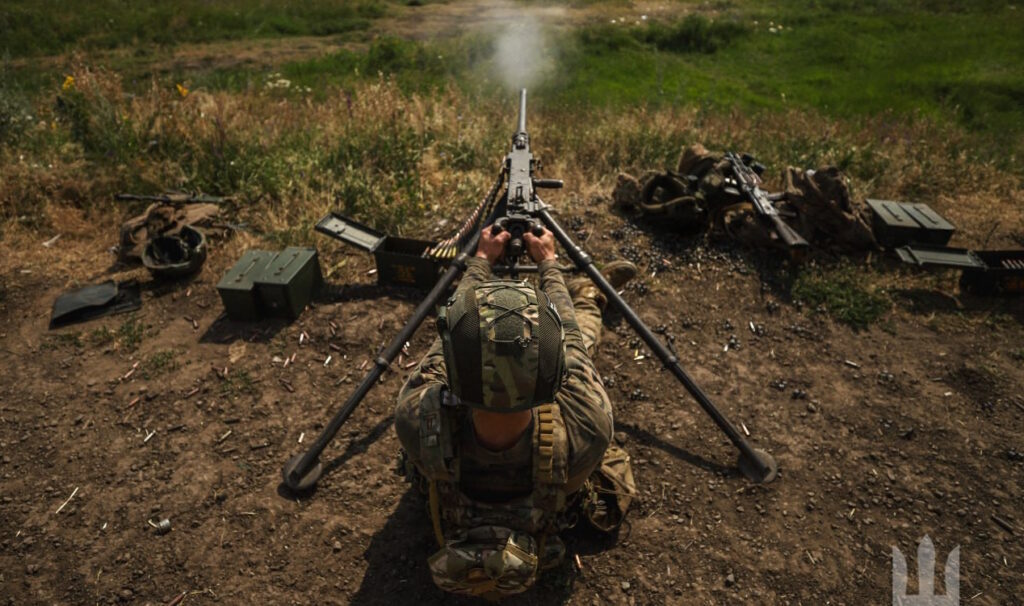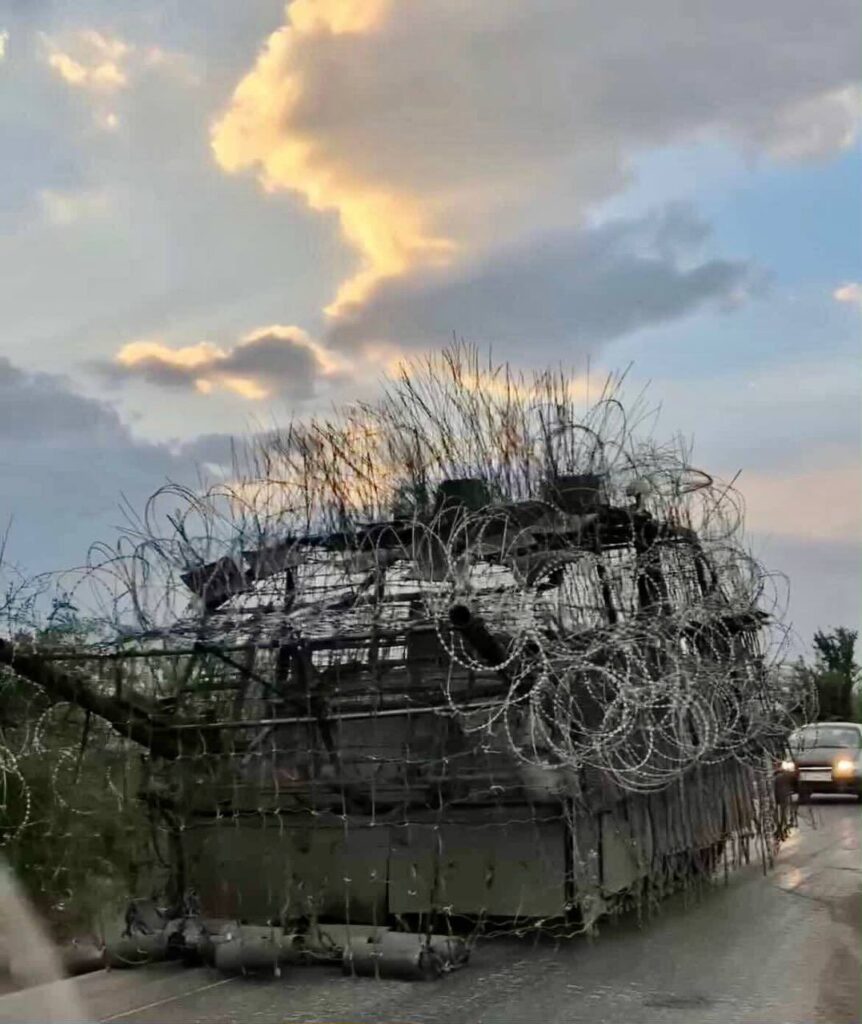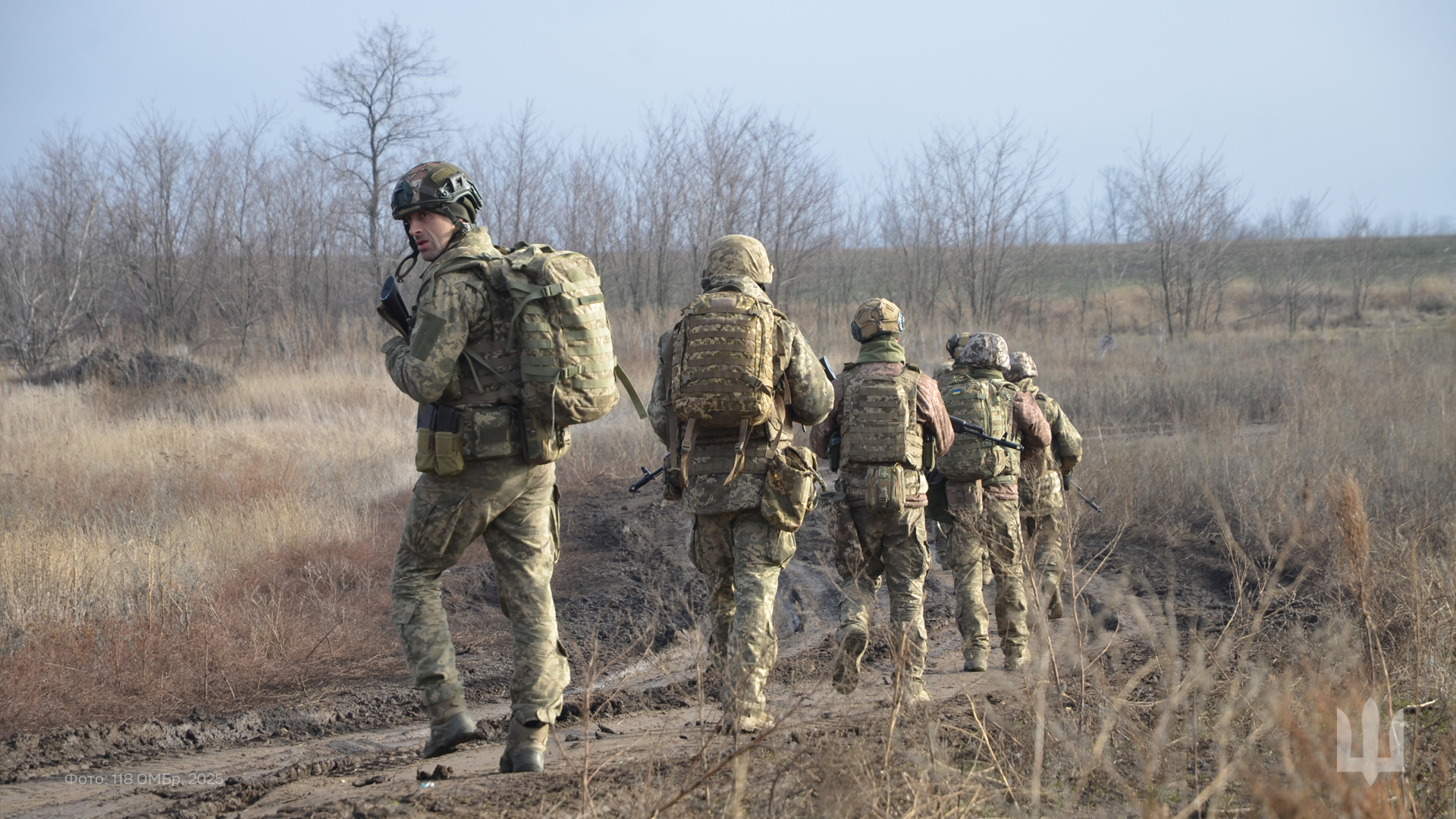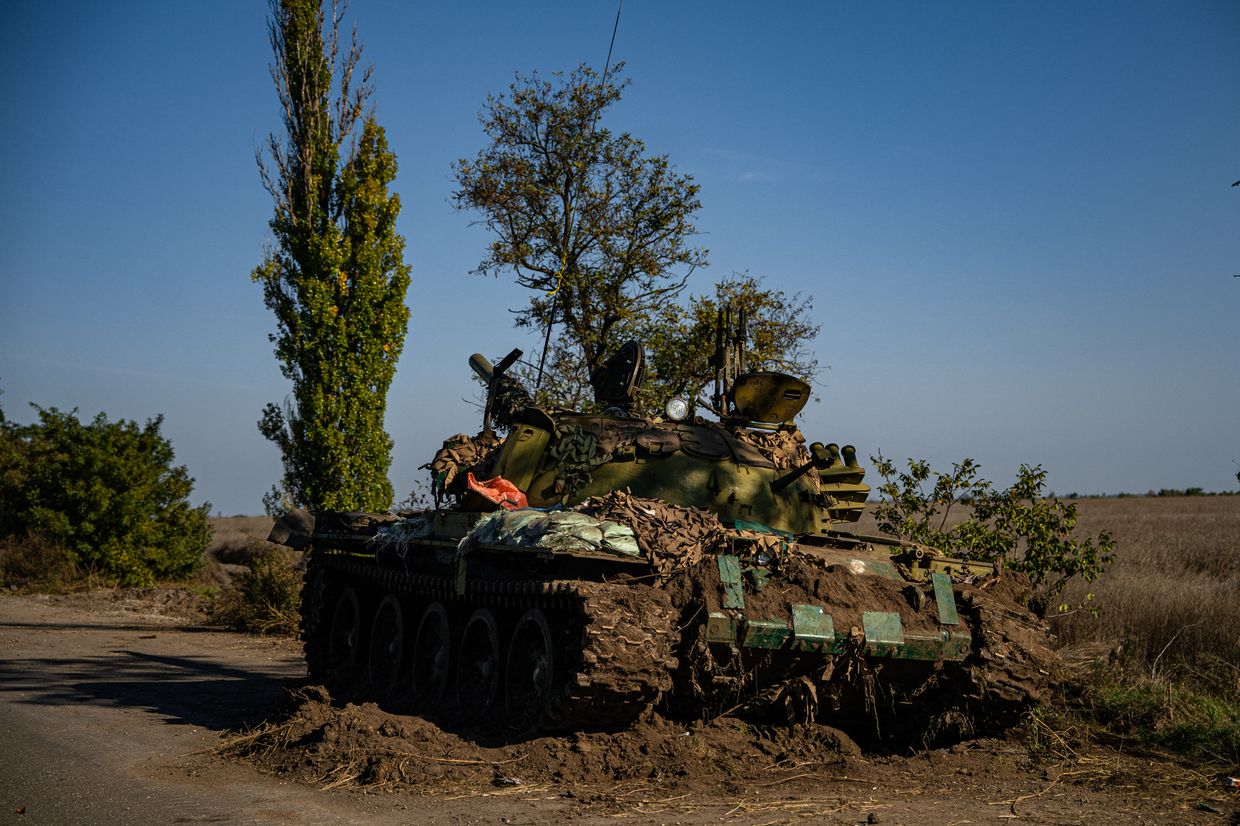Third strike in months targets Likhaya railway hub in southern Russia — reports cite control post and oil depot as possible targets (VIDEO)

Drones struck the Likhovskoy railway area in Russia’s Rostov oblast overnight on 9-10 November, according to Ukrainian Telegram channel Exilenova+. The strike reportedly hit infrastructure near the Likhaya railway station, which sits less than 20 kilometers from the border of occupied Luhansk Oblast and roughly 180 kilometers from the front line.
New strike hits Likhovskoy rail node
Shortly before midnight on 9 November, Exilenova+ published a video of the strike that appeared to show a nighttime explosion near the rail junction in Likhovskoy, a settlement located along the North Caucasus Railway between Moscow and Rostov-on-Don. The footage, filmed from one of the tracks of Likaya station with a locomotive visible on the tracks, captured the distinct sound of a moped-like drone engine followed by two explosions in quick succession. Both blasts occurred in the same area near the station, producing adjacent fireballs. The exact target and the extent of the damage remain unclear.
Last night, Ukrainian drones targeted the Likhaya railway station's area in Russia's Rostov Oblast
— Euromaidan Press (@EuromaidanPress) November 10, 2025
Likhovskoy, where the station is located, is an extensive railway hub, connecting the Moscow–Rostov-on-Don mainline with lines to Volgograd.Exilenova+ pic.twitter.com/kvErQ9fpUL
Militarnyi reports that the area includes a fuel tank farm belonging to the company RN-Rostovnefteprodukt, known as the Likhovskaya oil depot. Its total fuel storage capacity is estimated at 26,400 m³.
Militarnyi suggested the oil depot may have been the intended target, citing its proximity to the blast and visible damage in the shared footage. Coordinates of the depot were also listed: 48.1451255, 40.1594278.
However, Petro Andriushchenko, the head of the Center for the Study of Occupation NGO, said the strike likely hit a traction substation and a control post at the rail facility.
Andriushchenko noted that the attack was the third drone strike on the same site, following previous attacks on 19 July and 2 August.
Read also
-
Russia’s Tuapse port hit again — ship burns, pier damaged, Russian officials scramble to rewrite reports (VIDEO)
-
Ukraine confirms strikes on Volgograd oil refinery, Crimean fuel depots, and Donetsk Shahed drone base (VIDEO)
-
Partisans say they set fire to Russian comms truck during attack inside Rostov airbase










